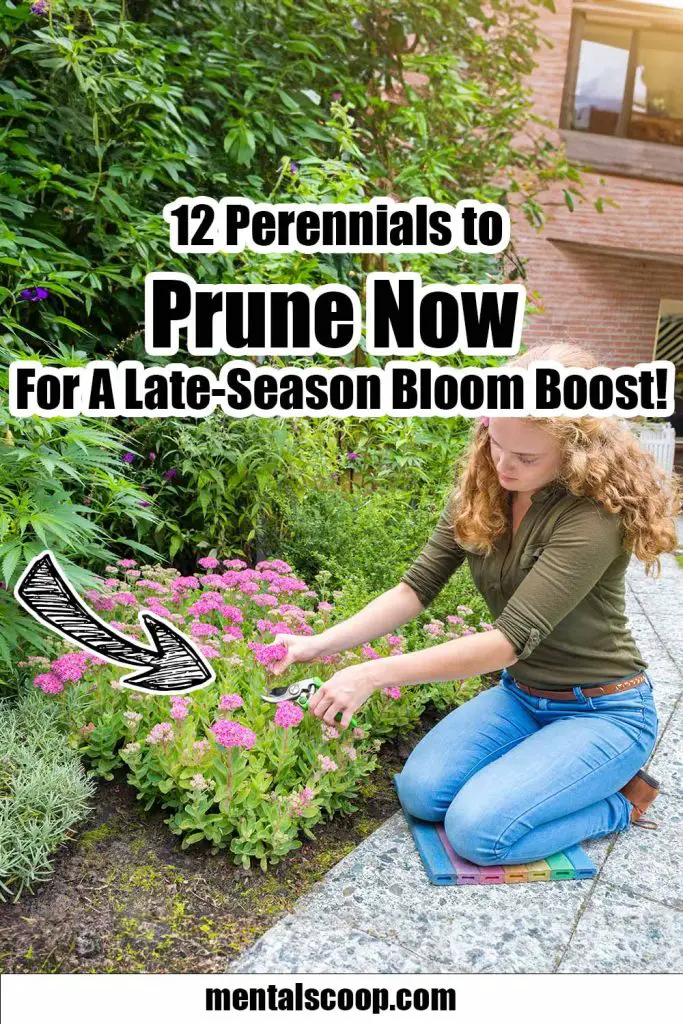9 Common Plants You Will Really Regret Planting In Your Garden!

We’ve all been there—standing in a nursery, captivated by the beauty of a plant and imagining it thriving in our garden. But not all plants are created equal. Some might seem like a perfect choice for your space, but they bring hidden headaches that can transform your garden into a battle zone. Before you commit, let’s dive into nine common plants you’ll likely regret planting in your garden.
1. Bamboo: The Unstoppable Invader
Bamboo, with its elegant canes and lush foliage, is often chosen for creating fast-growing privacy screens. However, this rapid growth is precisely the problem. Bamboo spreads aggressively, often overrunning the garden in no time, choking out other plants. Its roots can spread several feet underground, making it incredibly difficult to remove once established.
Why you’ll regret it: Bamboo can take over your entire garden, even spreading to neighboring properties, and you’ll need constant maintenance to keep it in check.
Pro tip: If you must plant bamboo, opt for clumping varieties rather than running bamboo, and install root barriers to prevent unwanted spread.
2. English Ivy: The Climbing Menace
English ivy is a beloved classic in many gardens due to its evergreen nature and ability to cover walls and fences. But don’t be fooled—this plant can become a nightmare. Ivy climbs aggressively and can damage brick, stone, and wood structures. Worse, it’s a known host for pests and can suffocate trees by wrapping tightly around them.
Why you’ll regret it: It’s almost impossible to eradicate once it takes hold. Removing ivy can involve countless hours of pulling vines and dealing with regrowth.
Pro tip: If you want a climber, consider native alternatives like trumpet vine or Virginia creeper, which are easier to control.
3. Mint: The Garden Takeover Artist
Mint is a staple in many herb gardens for its refreshing scent and flavor, but be warned—mint is a vigorous spreader. Plant it in the ground, and it will overrun your garden beds in no time. Even worse, its underground runners make it extremely challenging to contain.
Why you’ll regret it: Mint can easily invade nearby plants, competing for nutrients and space. Soon, you’ll find it growing where you never intended.
Pro tip: Always plant mint in a pot or container to keep it confined and prevent it from escaping into other parts of your garden.
4. Morning Glory: The Beauty That Strangles
Morning glories are enchanting with their trumpet-shaped flowers that bloom in vibrant blues, purples, and whites. But beneath their beauty lies a dark side—they are notorious for self-seeding and choking out other plants. Their vines can strangle shrubs and even pull down structures like fences.
Why you’ll regret it: Once morning glory gets established, controlling it is difficult, and it can cause significant damage to other plants in your garden.
Pro tip: Opt for annual varieties or keep them in containers to prevent rampant spreading. Be sure to prune the vines regularly.
5. Wisteria: The Heavyweight Destroyer
Few plants can compete with the stunning display of wisteria, with its cascading flowers and sweet fragrance. But this beauty comes with a heavy price. Wisteria can become a tangled, heavy mess, often damaging pergolas, fences, and other structures as its thick vines grow unchecked. Its roots also spread wide and deep, making it difficult to control.
Why you’ll regret it: Wisteria can grow aggressively and pull down structures if not pruned constantly. It’s also notoriously difficult to remove once established.
Pro tip: If you love the look of wisteria, choose a less aggressive species like the American wisteria, which is less damaging than its Chinese or Japanese counterparts.
6. Japanese Knotweed: The Garden Monster
Often mistaken for bamboo, Japanese knotweed is one of the most infamous plants for its ability to destroy gardens, homes, and even infrastructure. This invasive species grows rapidly, sending its roots deep into the ground, where it can damage foundations, driveways, and even concrete.
Why you’ll regret it: Knotweed is incredibly difficult to get rid of. Even a small piece of the root left behind can regrow, and full eradication often requires professional intervention.
Pro tip: Avoid planting Japanese knotweed at all costs, and if you spot it in your garden, act fast to remove it.
7. Yellow Archangel: The Deceptive Ground Cover
Yellow archangel is often chosen for its attractive silver-speckled leaves and vibrant yellow flowers, but it quickly turns into a ground-covering nightmare. It spreads at a rapid pace and can easily overrun your garden, suffocating other plants in its path.
Why you’ll regret it: Once established, yellow archangel is hard to control and can outcompete other plants. Its invasive nature makes it difficult to remove.
Pro tip: Stick to other, more manageable ground covers like creeping thyme or native wildflowers if you want to avoid the headache.
8. Privet: The High-Maintenance Hedge
Privet is a popular hedge plant, but it requires an extensive amount of pruning and care. While it creates a dense screen for privacy, it grows extremely fast and often needs trimming several times a year to keep it under control. Worse yet, privet can self-seed and spread beyond your hedge, becoming invasive.
Why you’ll regret it: If you’re not prepared for the constant maintenance, privet will become a burden rather than a blessing. It can quickly turn unruly and take over areas beyond its intended boundary.
Pro tip: If you’re looking for a lower-maintenance hedge, consider alternatives like boxwood or yew.
9. Tree of Heaven: The Weed Tree
The Tree of Heaven (Ailanthus altissima) may have an impressive name, but it’s anything but heavenly. This tree is known for its rapid growth, but it also produces thousands of seeds, which spread far and wide. Its root system is notoriously aggressive, capable of damaging pipes, sidewalks, and buildings. Additionally, it emits a foul odor and can produce chemicals that inhibit the growth of other plants.
Why you’ll regret it: Once the tree takes root, it can be extremely difficult to remove, as it regrows from any piece of root left behind.
Pro tip: If you’re looking for a fast-growing shade tree, consider native alternatives like red maple or tulip poplar.
Think Before You Plant!
While the plants on this list are undeniably attractive, their invasive tendencies and high-maintenance demands make them problematic for most gardeners. The appeal of quick growth or vibrant color can quickly fade when these plants start taking over, causing damage, or demanding excessive care.
When planning your garden, always consider the long-term impact a plant may have on your space. Choose native species and non-invasive varieties to enjoy a beautiful, low-maintenance garden for years to come.
Final Tips
- Research before planting any new species.
- Be cautious with fast-growing plants—they often come with hidden costs.
- Opt for native plants whenever possible, as they’re better adapted to your region and less likely to become invasive.
Your garden should be a place of peace and beauty, not an ongoing battle with invasive plants. Happy gardening!

More interesting articles you may be interested in reading:

